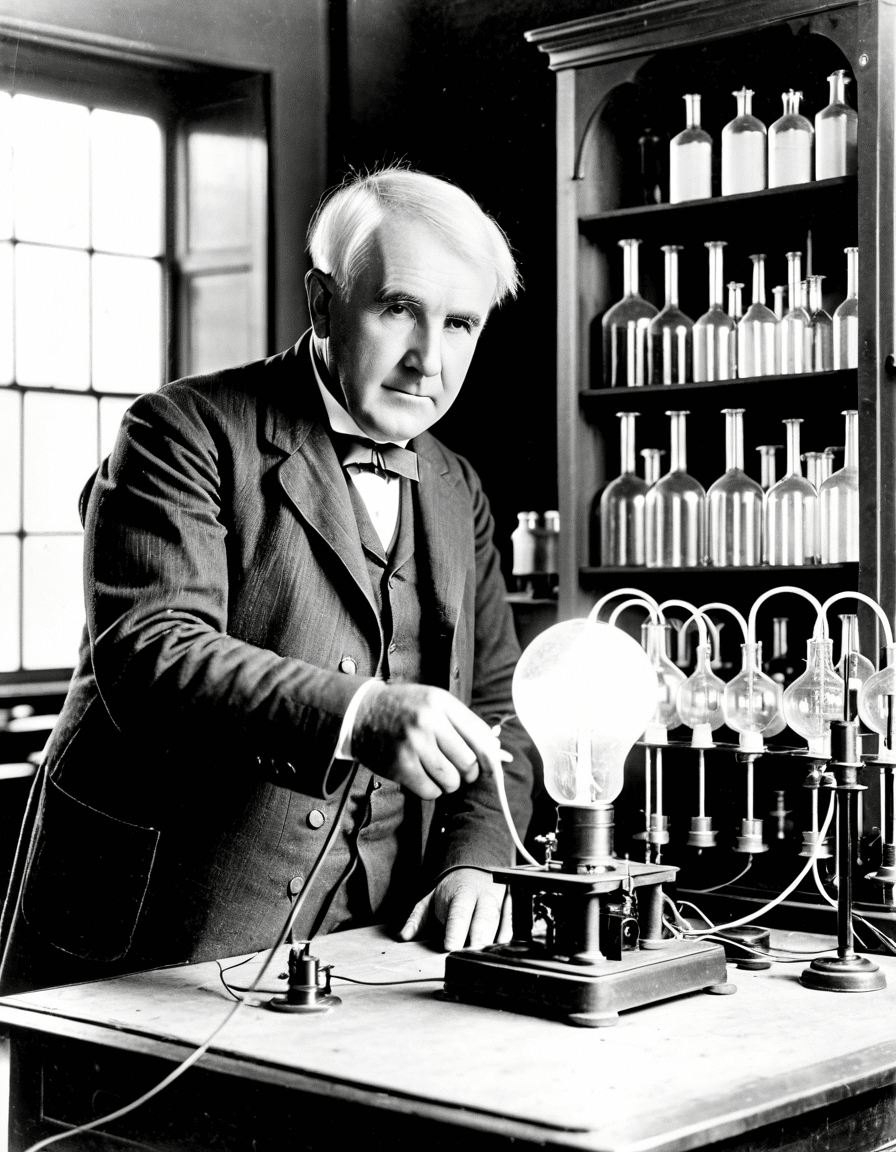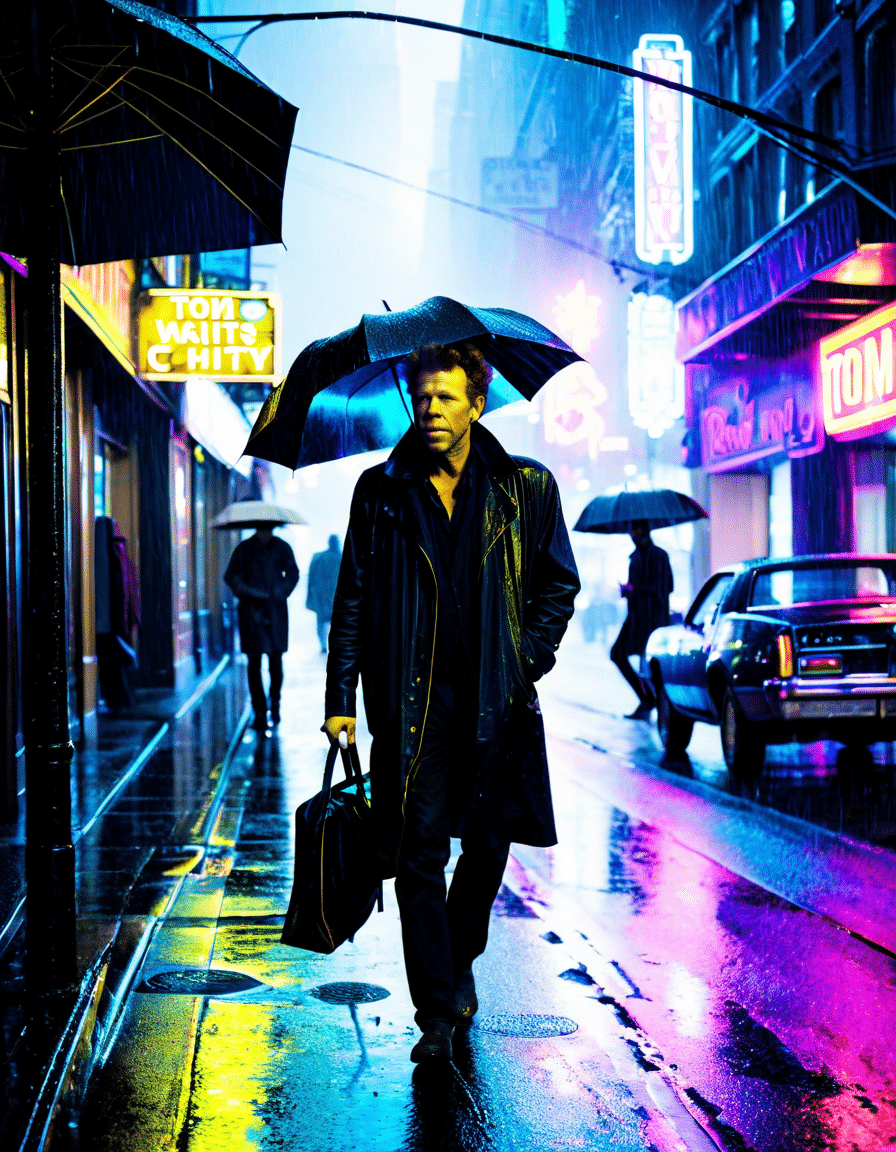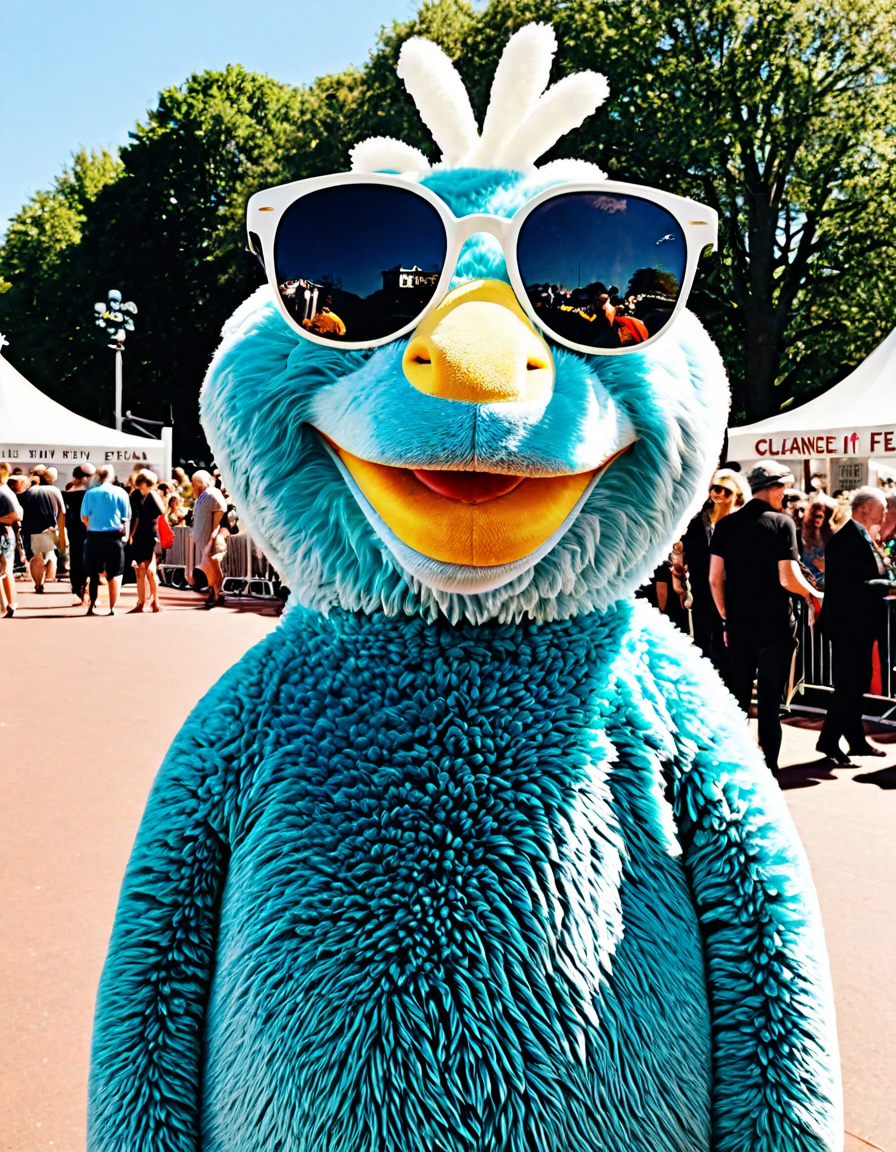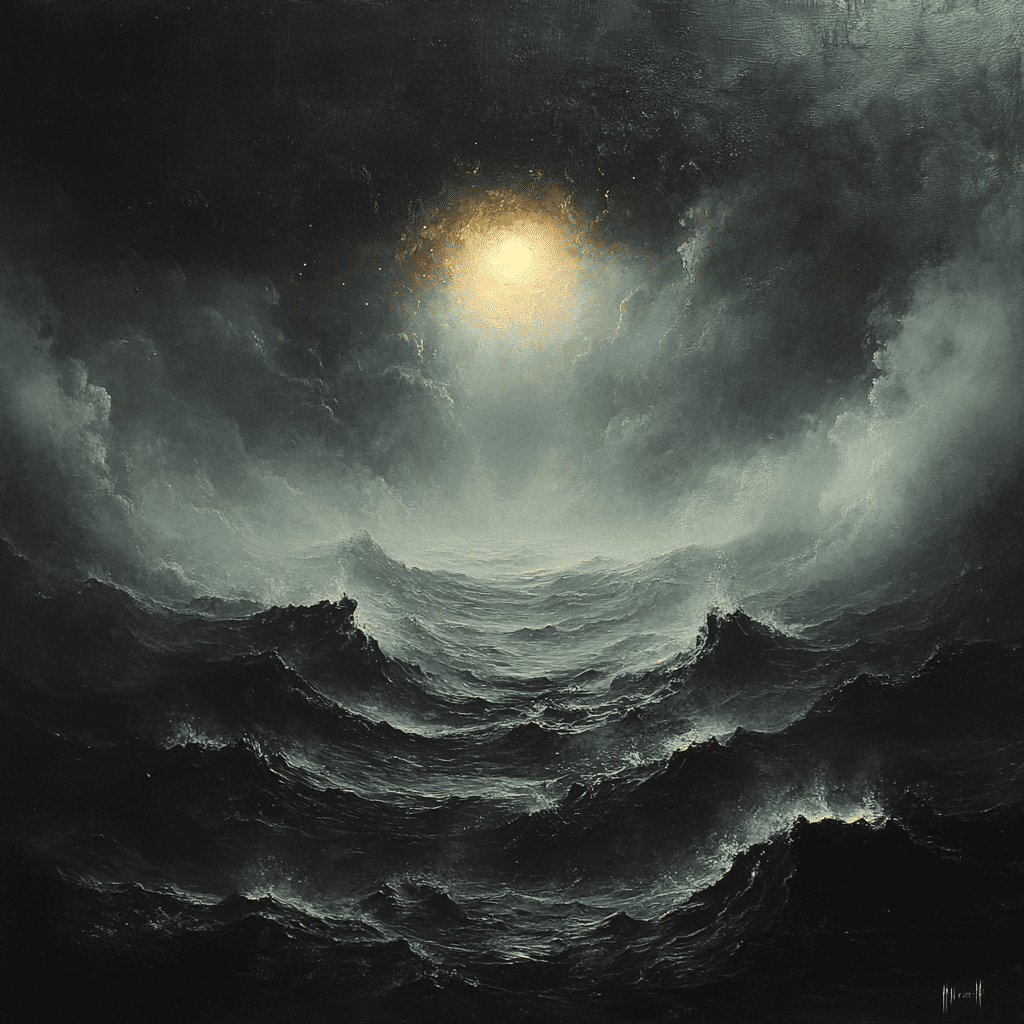
The Uncanny: Exploring the Unseen Realms of Human Experience
Ah, the uncanny. Just saying the word gives you a shiver, right? It’s that hair-raising sensation where something feels almost familiar but just a shade off, leaving you wondering what in the world is going on. It’s that nagging feeling you get when you’re binge-watching a thriller and suddenly realize you’ve seen that actor in a different role—creepy! This article takes a dive into eight extraordinary phenomena that exemplify the uncanny, challenging our perceptions and urging us to explore the depths of what’s mysterious. Each case showcases how the uncanny invites both fear and curiosity, igniting our zest for the unknown.
From dolls that haunt to the wonders of artificial intelligence, these examples each represent a slice of the uncanny world. You might find yourself gasping, laughing, or even shaking your head in disbelief. So, grab some popcorn, settle in, and let’s unravel these intriguing threads!

7 Uncanny Examples of the Unusual in Today’s Society
1. The Rise of AI: Uncanny Valley in Robotics
AI is surging. With figures like Sophia the Robot wowing crowds worldwide, our machines seem to be taking on human traits. However, here comes the hiccup: the uncanny valley. That’s the feeling of discomfort you get when a robot looks nearly human but still misses the mark. When Sophia tilts her head just right or cracks a joke, you can’t help but smile. But when she blinks too slowly or her smile feels a bit too wide, that tension kicks in, prompting us to question where we draw the line between human and machine.
It makes you wonder: is technology inching closer to replacing us? What does that say about our relationship with our gadgets? As we tread further into this territory, the uncanny becomes a spotlight on our fears and hopes about technology. It’s a modern wonderland wrapped in eerie vibes, don’t you think?
2. Creepy Dolls and Their Cultural Significance
Dolls have been snugging under beds and perched on shelves for centuries—as kids, we loved them! Yet there’s this shadowy side; enter Robert the Doll. This infamous piece of porcelain has taken on a life of its own in Key West, Florida. Many believe Robert is haunted, with tales of his mischievous antics sending chills down spines. People feel compelled to ask for his permission to take photos or risk inviting misfortune.
This uncanny relationship we have with dolls, both cherishing and fearing them, underscores our human psyche. After all, who knows what thoughts are tucked away in that lifelike smile? Perhaps those childhood toys aren’t so innocent after all. The uncanny lies in those uneasy thoughts whispering in the back of our minds, pushing us to question the very nature of inanimate objects.
3. Urban Legends that Persist Through Generations
Urban legends have this uncanny way of stirring collective fears. Take Slender Man, for example. This tall, faceless figure embodies horror and myth, capturing the imaginations of both young and old. Resounding through forums and chat rooms, Slender Man isn’t just a story; he’s a mirror reflecting our societal anxieties.
These legends evolve, often mirroring our changing fears about technology, school safety, or societal norms. Consider how stories about haunted social media platforms or cursed video games add layers of modern dread.
Urban legends show how our imaginations are both a thrill and a terror. Every time we share a tale about a creepy figure lurking in the shadows, we engage in an intricate dance between fact and fiction, feeding our craving for the uncanny.
4. The Phenomenon of Déjà Vu
Déjà vu—what’s up with that? It’s that mind-boggling feeling you get when you swear you’ve lived a moment before. It’s estimated that about 70% of folks experience this sensation at some point in their lives. It feels like a glitch in the Matrix, doesn’t it? Scientists delve into possible connections with memory and brain function, exploring how our minds teeter on the edge of reality and imagination.
Some researchers believe this phenomenon might be rooted in temporal lobe activity—basically, our brains firing in ways that make it difficult to distinguish past from present. The uncanny nature of déjà vu grips us, piquing our interest as we question the very fabric of our reality.
This perplexing experience nudges us to reflect on how our brain processes the world around us, leaving us wondering what else might be lurking just below the surface of our consciousness.
5. Alternate Realities in Virtual Reality (VR) Gaming
Step into the fantastical! Virtual reality has altered how we experience video games, plunging us into worlds where the uncanny becomes thrillingly immersive. Games like Half-Life: Alyx create strikingly lifelike graphics that challenge our perception of reality. One moment, you’re battling aliens, and the next, you’re dealing with the stark eeriness of being in a world that feels almost tangible yet isn’t.
These uncanny experiences provide a safe haven for players to confront their fears—zombies, creepy corridors, you name it! By navigating these fabricated realities, we can test the limits of our bravery. The uncanny returns, reminding us that while the game is just pixels, the emotions it triggers are as raw as they get.
6. The Evolution of Supernatural Horror in Film
If we’re talking about the uncanny, we can’t skip over films! The recent horror flicks like Get Out and Hereditary bring the uncanny to life, starkly blending realism with spine-tingling horror elements. These films invite viewers to engage with uncomfortable societal issues, personal anxieties, and the dreadful shock of something familiar turning sinister.
The uncanny thrives in these cinematic experiences, compelling us to face the horrors lurking beneath our everyday interactions. It’s what keeps us on the edge of our seats, our popcorn forgotten as we delve into unexpected and uncomfortable truths.
In the world of film, the uncanny demonstrates how intertwined our fears are with cultural discussions. So grab those We’re the Millers laughs after a chilling viewing—you may need them!
7. The Psychology of the Uncanny: Freud’s Concept Revisited
Back to the good old days of Sigmund Freud! In his 1919 essay, “The Uncanny,” he introduced a thought-provoking idea: the uncanny arises from repressed memories or desires that resurface, bringing discomfort to the forefront. Fast forward to today, and modern psychology continues to examine how these themes reflect personal trauma and perceptions of the uncanny in daily life.
Think about how phobias and unfamiliar interactions can trigger uncanny feelings. In our tech-savvy era, these ideas resonate even more. Interactions with AI, creepy social media personas, and the ever-watchful digital eyes prompt us to dissect our emotions and experiences.
Freud’s insights create a bridge between our past and contemporary fears, emphasizing how exploring the uncanny can provide a deeper understanding of ourselves.
Unraveling the Uncanny: Embracing Our Fascination With the Mysterious
The universe of the uncanny is rich with layers, teasing our fascination with the strange. Each example we’ve uncovered reveals our draw towards the unusual—a reflection of our fears and questions about life and existence. The uncanny challenges us to confront our worries but also invites curiosity and a more extensive understanding of humanity.
In embracing the uncanny, we unlock new insights into ourselves and the world around us. It’s fascinating to think that every unsettling experience, from creepy dolls to VR gaming, leads us on a timeless journey into the mysterious. As we confront these things, they offer not just thrills, but deeper truths about who we are and the worlds we navigate. Keep your eyes peeled—the uncanny is waiting for you to uncover its secrets!
Uncanny Insights Into The Mysterious World Of The Unusual
Fascinating Facts That Make You Go “Hmm”
Did you know that the term “uncanny” is often linked to feelings of eeriness or the supernatural? In cinema, this concept is brought to life through unforgettable characters and unexpected plot twists. Take Johnny, for instance; he’s one character whose uncanny antics leave audiences both chuckling and scratching their heads. Interestingly, the ensemble cast from We’re The Millers also plays with the theme of the uncanny, showcasing how ordinary situations can spiral into the bizarre and offbeat. It’s a masterclass in blending humor with the weird and unusual.
Speaking of uncanny elements in film, there’s a delightful seasonal debate: is Die Hard a Christmas movie? This question has stirred discussions and playful arguments for years! The film’s juxtaposition of holiday cheer with high-octane action crafts an uncanny atmosphere that keeps viewers on edge. Meanwhile, Frozen perfectly captures the uncanny in its own right, intertwining magic with realism in ways that leave you captivated. It makes you wonder about the hidden layers within our favorite stories, doesn’t it?
The Quirky Side of Uncanny Characters
Unusual characters can evoke uncanny feelings, drawing us closer to the stories they inhabit. Freddy, with his surreal charm, is a prime example. The uncanny curves around him like a shadow, reminding us how close the line between familiarity and strangeness can be. On the flip side, Joyce Lapinskys uncanny knack for unpredictability makes her a charming enigma, capturing our hearts while making us question what’s around the corner.
Lastly, let’s not overlook the uncanny connections between our everyday lives and the larger world. In sports, for example, the heartfelt camaraderie of the Football Bros unravels a series of uncanny bonds—reminding us how shared passions can create profound connections. And whether it’s Kamala Harris’s intriguing quotes or the chilling tales hidden beneath our favorite films, it’s clear we’re all endlessly curious about the uncanny facets of life, wondering what strange anomalies might pop up next!


























